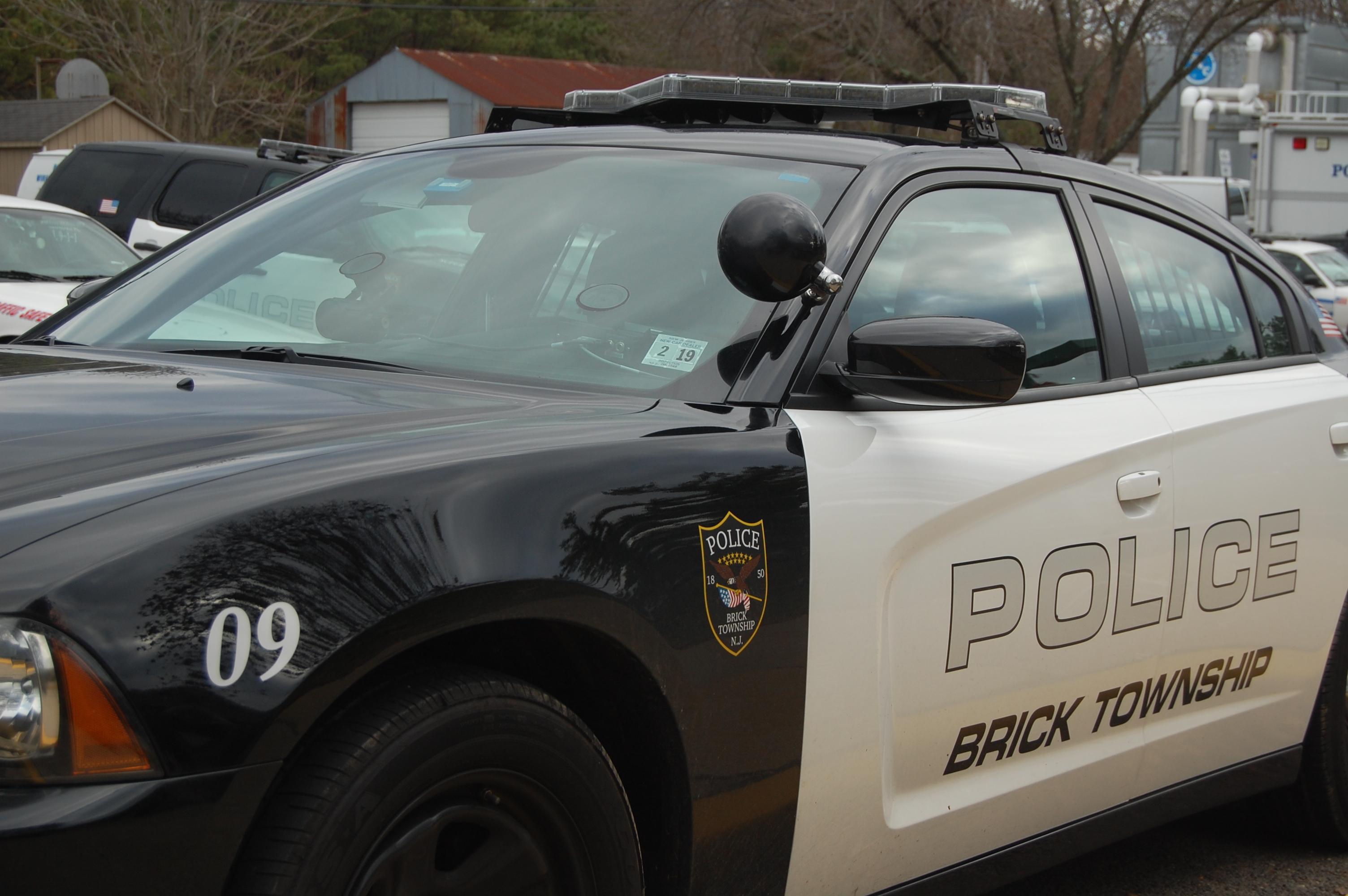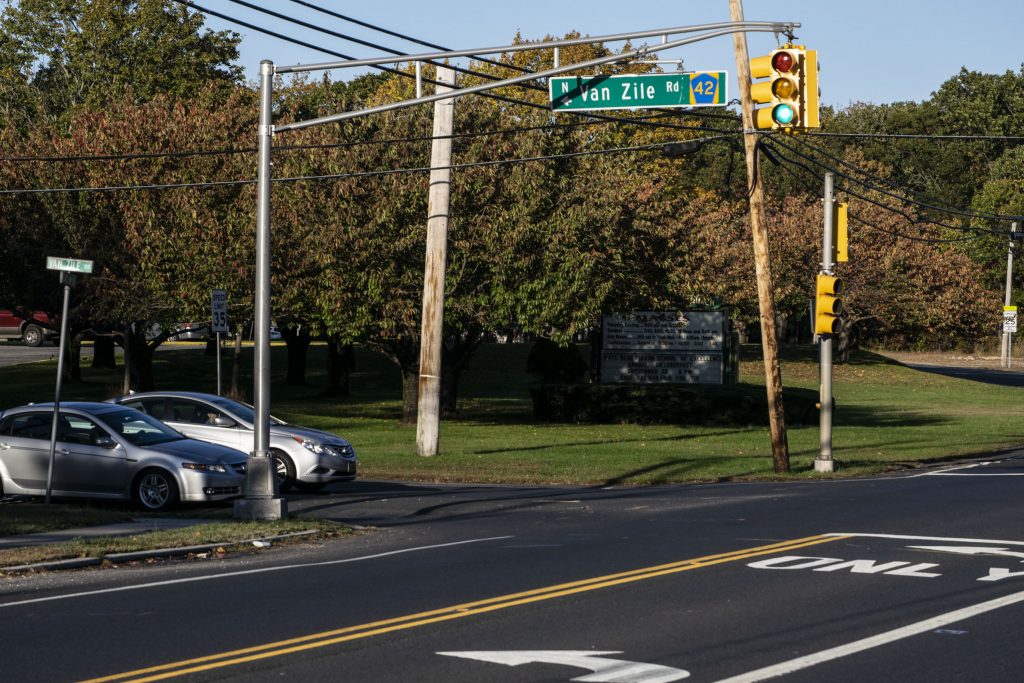A pair of Brick residents asked the township council this week for increased enforcement of red light violators at a number of prominent intersections, saying the number of drivers running red lights has grown out of control.
“There is an epidemic of people running red lights,” resident Dennis Veltri told council members. “Literally every day on the roads I see it happen – on the way here tonight, I saw it happen.”
Veltri and fellow resident Linda Ackerburg asked if police could refocus traffic safety efforts on red lights and, if possible, bring back red light enforcement cameras that had been present in town years ago.
|
|
The return of red light cameras is an impossibility in New Jersey, said Township Attorney Kevin Starkey. Brick, under a previous mayoral administration, chose to participate in a pilot program that tested the use of red light enforcement cameras in a number of municipalities across the state. The cameras, in Brick, were deeply unpopular among residents and their removal was a major promise made by former mayor John Ducey during his first campaign to lead the township.
Brick, under an order from Ducey, was the first town in New Jersey to voluntarily end participation in the camera program, leading to significant media attention and a statewide push to eliminate the cameras elsewhere. The election promise was delivered only months after the new mayor took office. After the statewide pilot program was completed, then-Gov. Chris Christie did not re-authorize its continuance, and such cameras remain illegal in New Jersey to this day.
“Mayor Ducey was the first [mayor] the discontinue that program,” said Starkey. “That’s not an option for the town.”
Still, officials suggested the residents work with the police department – specifically, the department’s Neighborhood Watch officer – to identify intersections of concern.
Ackerburg said she encounters daily red-light runners at a number of intersections, including Princeton Avenue and Post Road, Burnt Tavern Road and Maple Avenue, and Burnt Tavern and Route 70.
“The police department does selective enforcement, and that’s what they do when they’re out on the road all the time,” said Business Administrator Joanne Bergin, explaining that officers listen to concerns of residents during the Neighborhood Watch program meetings and often deploy focused enforcement on areas identified as being hazardous.
“It seems like it’s happening every time we’re on the road and it seems very dangerous,” said Ackerburg. “It seems like 90 percent of the time I’m at that light (Princeton and Post), people are going through the light on 88, and it’s very scary.”

Advertisement

Police, Fire & Courts
Man Who Stabbed Brick Woman 38 Times Near Park is Sentenced for Attempted Murder

Police, Fire & Courts
Driver Charged With DWI in Fatal Brick Accident; SUV Was In Wrong Lane of Route 70

Police, Fire & Courts
Police ID Victim, 58, in Fatal Brick Car Accident; Suspect Facing DWI Charge









